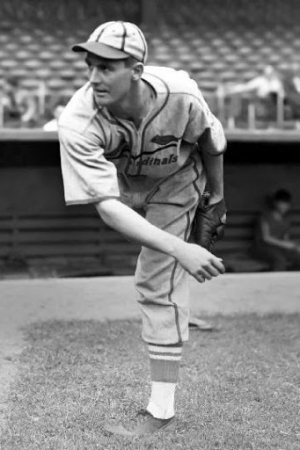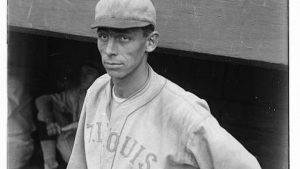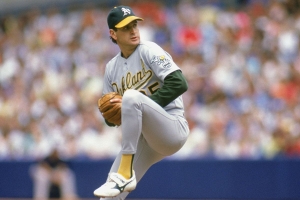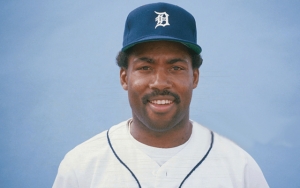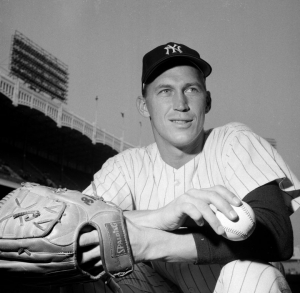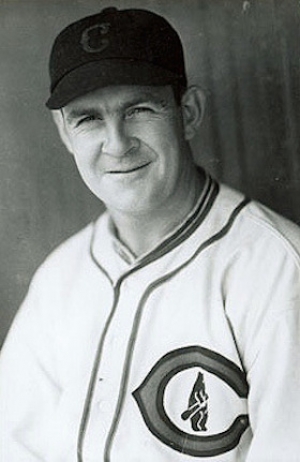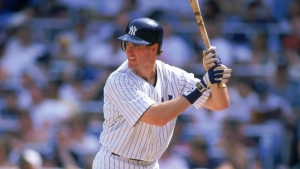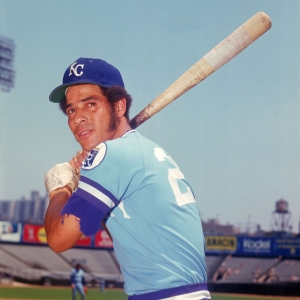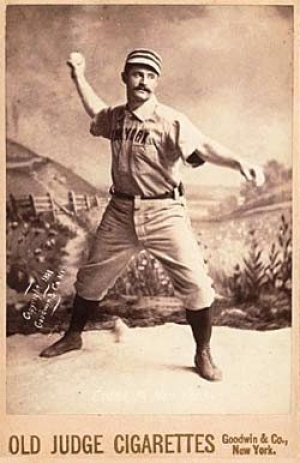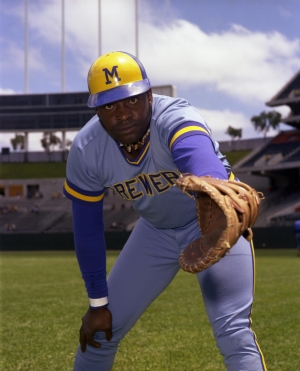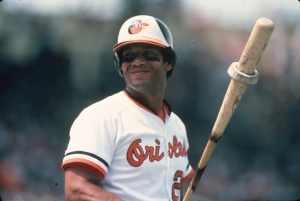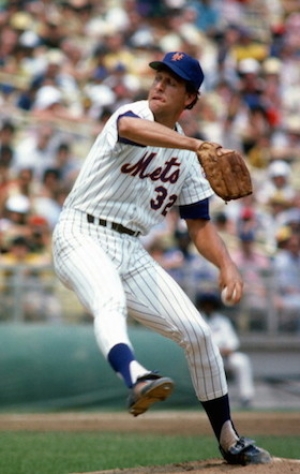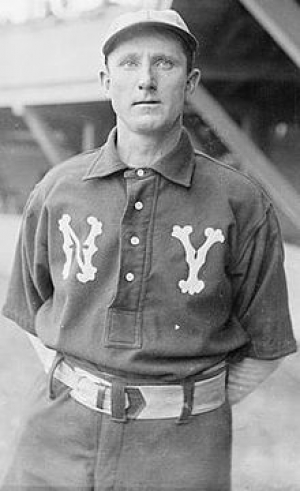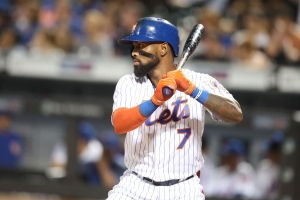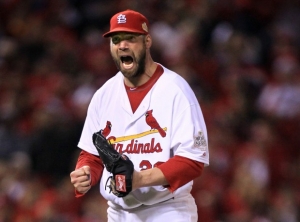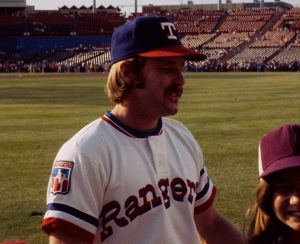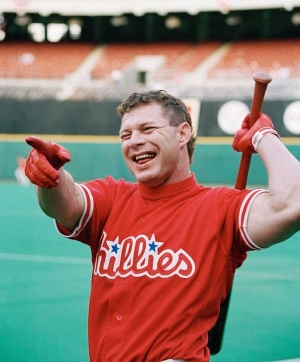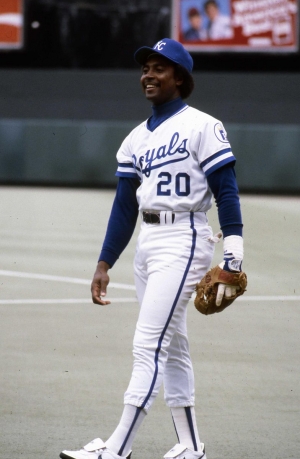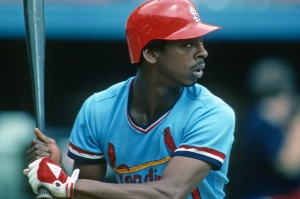Baseball
Established in 1936, and currently based in Cooperstown, New York, the Baseball Hall of Fame may be the most prestigious of any Sports Hall of Fame. Although Baseball may have taken a backseat to Football in recent years, there is no doubt that Baseball’s version of the Hall of Fame is by far the most relevant and the most difficult to get enshrined in. At present, a player has to receive seventy five percent of the votes from the Baseball Writers Association of America, which has proven to be no easy task. Failing that, a player could be inducted by the Veterans committee, though few have been inducted this way. Our list will focus on the players only, and although we could easily do a tally focusing on mangers, broadcasters or other vital personnel, as always it is far more enjoyable to discuss the merits of those on the field as oppose to those off of it.Until Then, Let’s get some peanuts and cracker jacks and cast some votes of our own!
Sincerely,
The Not in Hall of Committee.
Mort Cooper must have felt like he had arm trouble his entire career, and if that was the case, it was because it was true.
Ken Williams was a late bloomer of sorts, some by his own play, some by circumstance.
Bob Welch split his career between two California teams, the Los Angeles Dodgers and the Oakland Athletics, and he brought success to both of those squads.
Chet Lemon split his career with the Chicago White Sox and Detroit Tigers, and over his career, the Centerfielder's main calling card was a dependable defense with underrated offensive skill.
Mel Stottlemyre is known more for his work as a Pitching Coach for the New York Yankees, where he won four World Series Rings, after winning one with the Mets. This was impressive, but it should not overshadow what he was as a player.
Debuting for the Pittsburgh Pirates in 1929, Larry French was a top knuckleball pitcher of the 1930s.
Paul O’Neill cut his teeth in the majors with the Cincinnati Reds, breaking in the bigs in 1985. Playing mostly in Rightfield, O'Neill became a starter in 1988, and he was a member of the Reds shocking 1990 World Series championship and was an All-Star in 1991. Following the 1992 Season, O'Neill was traded to the New York Yankees, and it was in pinstripes that he achieved his greatest fame and success.
Amos Otis had his share of drug problems that likely held his career back, but this should not overshadow a very successful Major League career.
Ed Morris is described by some baseball historians as one of the first great lefthanders. That may or not be accurate, but he was the ace of a professional baseball team, and that can't be disputed.
It was a very good start for George Scott in the Majors, where as a rookie, he was named to the All-Star Team and was third in 1966 Rookie of the Year voting. Playing at First Base for the Boston Red Sox, Scott had an above-average glove, and he was a decent power hitter, and “Boomer” became a fan-favorite at Fenway.
Ken Singleton began his career with the New York Mets in 1970, where he was a backup, but there was something special there. The Montreal Expos saw it, as they traded their most popular player, Rusty Staub, for him.
Jon Matlack debuted for the New York Mets two years after their “Miracle Season” of 1969, but the southpaw found a home as part of a powerful Mets rotation of the 1970s.
Herman Long had 1,096 Errors over his career, which is more than anyone else. It is an unbreakable record, but he did that in a time where errors were more easily given, and he was a player who was fearless in doing what was needed to stop the ball from getting past the infield. This means that Long had incredible range, and his Defensive bWAR was very good, so despite the Errors, we have one of the best defensive players of his day.
The Dominican Republic has produced a plethora of excellent Shortstops, and Jose Reyes is one of the many that they provided.
ARIZONA DIAMONDBACKS - TICKET + HOTEL DEALS
Mar 24, 2025
Buy your Tickets to see Arizona Diamondbacks - Ticket + Hotel Deals HERE!
2025 TORONTO BLUE JAYS - TD EXECUTIVE SUITES
Jan 01, 1970
Buy your Tickets to see 2025 Toronto Blue Jays - TD Executive Suites HERE!
2025 TORONTO BLUE JAYS FLEX PACKS
Jan 01, 1970
Buy your Tickets to see 2025 Toronto Blue Jays Flex Packs HERE!
2025 SEATTLE MARINERS FLEX MEMBERSHIPS
Jan 01, 1970
Buy your Tickets to see 2025 Seattle Mariners Flex Memberships HERE!
It seemed like Chris Carpenter spent far more time on Injured Reserve then he did on a Major League roster. That wasn't the case but damned if it wasn't an unfortunate pie chart that was freakishly close to even.
Toby Harrah can make a claim as the greatest baseball player whose last name is a palindrome.
Lenny Dykstra was a fan favorite, a hard-nosed baseball player whose nickname of “Nails” fit him perfectly.
Frank White played his entire career with the Kansas City Royals (1973-90), and he was generally regarded as one of the best Second Baseman in the American League for most of his playing days. White first cracked the Royals roster in 1973, and in 1976 he was anointed as Kansas City’s starting Second Baseman. White dazzled throughout his career with his glove, winning eight Gold Gloves, and he is currently second all-time in Total Zone Runs amongst Second Basemen. White was not always the most productive hitter, but the five-time All-Star did manage a pair of 20 Home Run Seasons, and had…
Willie McGee is one of the most important players in the St. Louis Cardinals in terms of the decade of the 1980s, but he was a lot more than a few good seasons as a Redbird.


